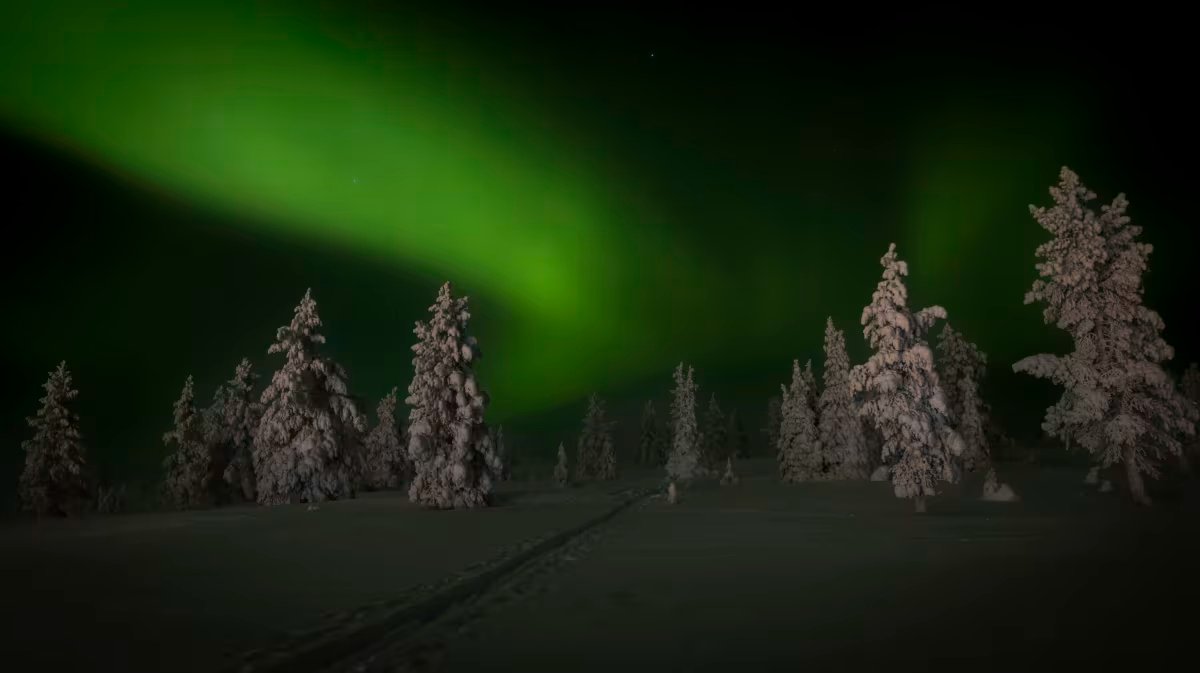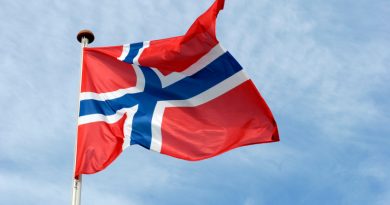This winter and next will be peak times for aurora sightings in Arctic

Solar activity is approaching its peak, which will increase the frequency and intensity of Northern Lights displays.
This winter and next, a clear northern night sky is something to look forward to.
“There is a good chance that some nights we will see real auroral fireworks,” says Tiera Laitinen, Team Leader for Space Weather Research at the Finnish Meteorological Institute.
The intensity of the solar wind that creates auroras varies randomly, but the Sun also has a cycle of about 11 years when it is at its most active. And, this peak is approaching, even though the exact timing is not known.
“That’s when the solar wind is at its strongest and the gusts are fierce,” he says. “The next peak in activity has been forecast for 2025, but it could come as early as this year. The variability of the solar activity cycle is not yet well modeled or explained.”
Sun’s magnetic field
The variation in solar activity is caused by the Sun’s magnetic field. Laitinen explains that the solar magnetic field is generated by a complex process called the solar dynamo.
When the Sun’s activity is at its minimum, the magnetic field is weak. Then the magnetic field begins to increase and become stronger at the same time as it begins to fluctuate.
Eventually, the magnetic field sort of breaks down and starts to reverse.
“So every 11 years or so, the Sun’s magnetic field reverses direction and starts to build up again,” Laitinen notes.
Sometimes the peaks of solar activity are stronger, sometimes weaker. The faster the peak in activity approaches, the stronger it is.
According to Laitinen, the upcoming peak will be stronger than the last one.
“If we take a longer term view, we could say that the intensity will perhaps be more or less in the middle range,” he says.

Links to Earth-bound effects
As the Sun becomes more active, scientists are also monitoring disturbances in the Earth’s magnetic field. These are linked to the aurora.
Researchers have found that there are also auroral storms in summer similar to those in winter. They simply aren’t visible in the bright sky.
“The Finnish Meteorological Institute (FMI) has a dozen observation stations in Finland. They are wooden boxes with magnetometers. The equipment constantly measures the Earth’s magnetic field. It detects even small changes, and a computer sends the results to us in real-time,” Laitinen says.
This data is analyzed in a number of ways. For example, when a magnetic change is detected at several locations, it can be used to calculate the electrical currents in the upper atmosphere that caused the change.
The FMI publishes near real-time information on aurora activity and the previous 24 hours’ geomagnetic disturbances on its “Auroras and space weather” page.
Related stories from around the North:
Canada: What are the northern lights?, CBC News
Finland: Finland sees spectacular Northern Lights show on Sunday, more promised on Monday, Yle News
Greenland: Evidence of powerful solar storm which occurred 2,600 years ago found in Greenland ice, CBC News
Norway: NASA and Norway to develop observation station in Arctic, The Independent Barents Observer



